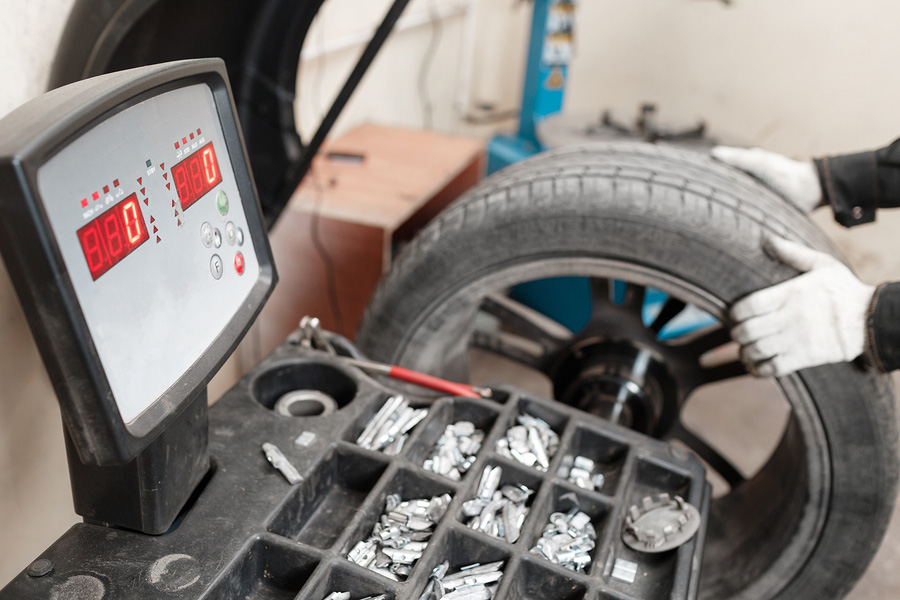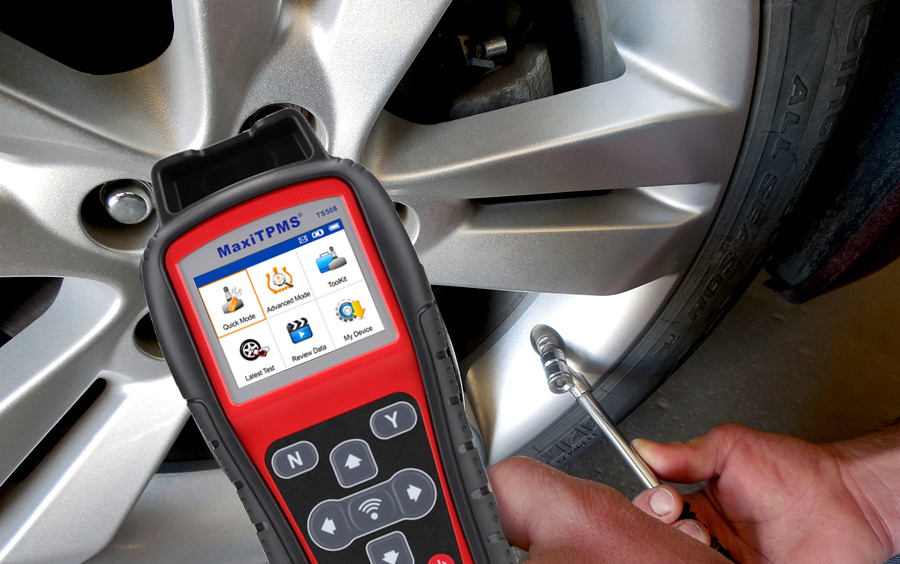Anew Tire Services
Tire Balancing
Have you noticed an annoying vibration in your steering wheel, seat or floorboard while driving? Do you see a scalloped or cupped wear pattern on the tires? It may be time to have your tires balanced, and at Anew, we can do that for you!
We offer tire balancing services for all vehicles, including passenger cars, pickups, trucks and semis.
Daily tire tread wear causes changes in the distribution of weight around your tire and wheel assembly. As you drive, your tires lose balance, so periodic tire balancing service is needed to return proper balance. Over time, tread wear causes the distribution of weight around the tire to change, which leads to the imbalance. Balancing your wheels minimizes vibration felt in the steering wheel, seat or floorboard and aids in proper tire tread wear. Getting your wheels balanced can give you a smoother ride.
Tire balancing is also one of the recommended services listed in your vehicle’s owner’s manual.
Factors concerning the weight distribution of your vehicle, road conditions and tread wear can cause an unevenness in your tires, which can then lead to further uneven tread wear. Uneven tread wear leaves your tire(s) more vulnerable to damage that can lead to a flat tire.
- You feel vibration in the steering wheel, the floorboard or your seat.
- You get them rotated, generally every 5,000 miles.
- At the very least, every two years, annually if you drive on rough roads.
- You get a flat and repair a tire.
- You buy any new tire(s).

Tire Pressure Monitoring System
This system gives you more awareness into your tire pressure and promotes vehicle safety.
In your vehicle, it notifies you when a tire pressure is low or going flat through a warning light on your dash. You may also have a viewer panel that displays the actual tire pressure amounts. When the tire is inflated to the proper tire pressure the warning light will turn off.
All vehicles made after 2006 are equipped with a tire pressure monitoring system.
There are two different types of systems being used today: Direct TPMS and Indirect TPMS.
Direct TPMS uses a sensor mounted in the wheel to measure air pressure in each tire. When air pressure drops 25% below the manufacturer’s recommended level, the sensor transmits that information to your car’s computer system and triggers your dashboard indicator light.
Indirect TPMS works with your car’s Antilock Braking System’s (ABS) wheel speed sensors. If a tire’s pressure is low, it will roll at a different wheel speed than the other tires. This information is detected by your car’s computer system, which triggers the dashboard indicator light.
- Better gas mileage. Save fuel. Save money. Minimize emmissions. Proper tire inflation can improve mileage by about 3.3 percent, whereas leaving them under-inflated can lower mileage by 0.4 percent for every one PSI drop in pressure of all four tires.
- Safer. Properly inflated tires are less likely to fail at high speeds. Under-inflated tires make for longer stopping distances and will skid longer on wet surfaces. And they will wear more evenly.
- Good tire pressure also provides better handling in a vehicle. A vehicle with more traction leads to less dangerous driving conditions.

